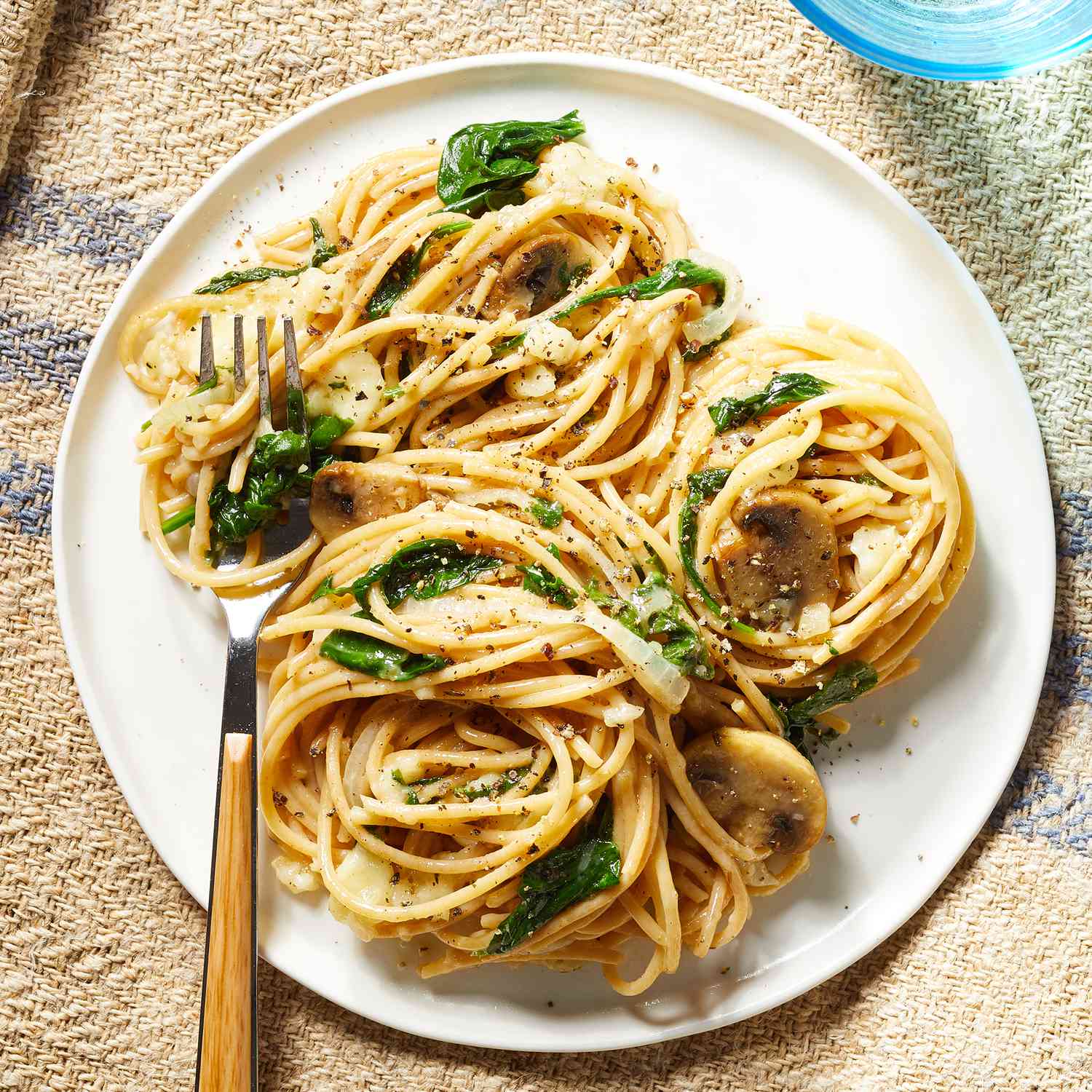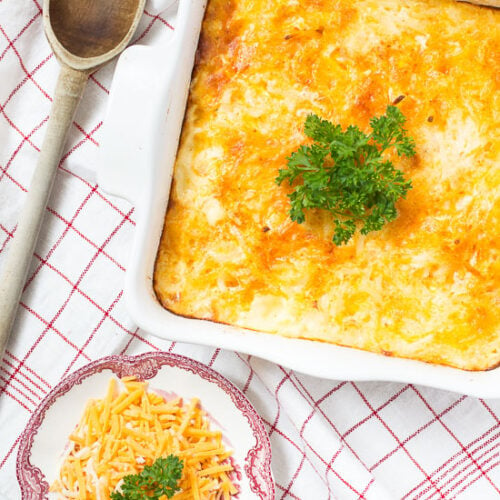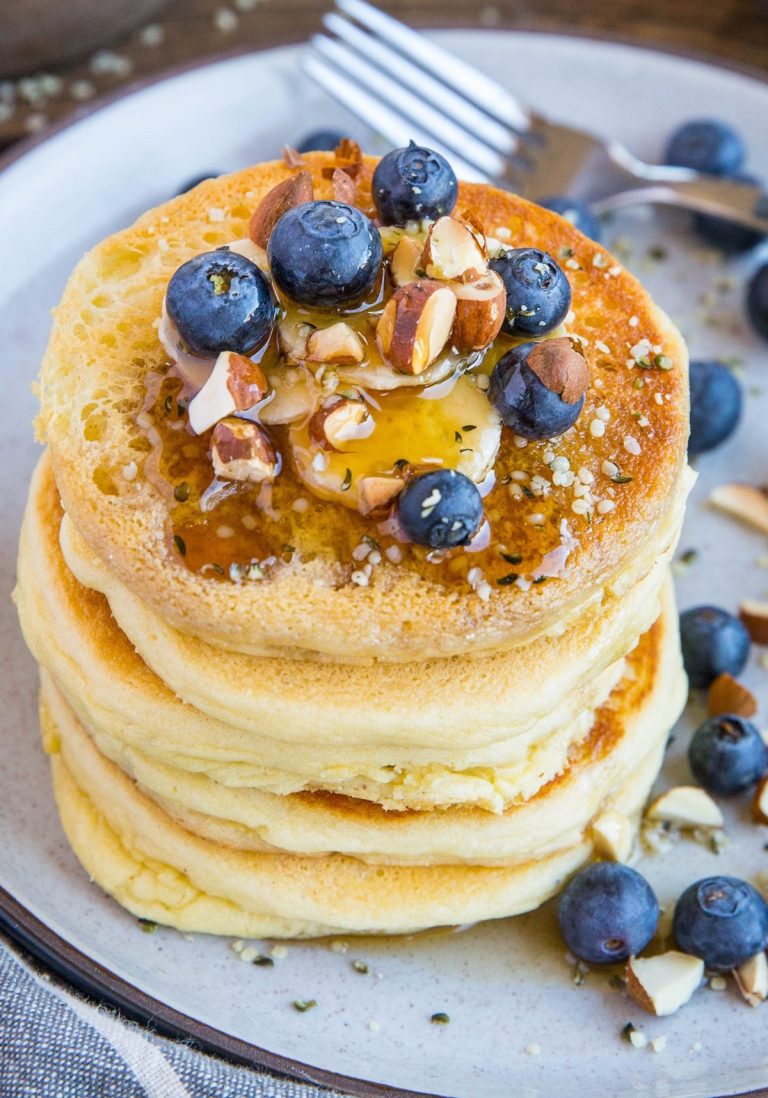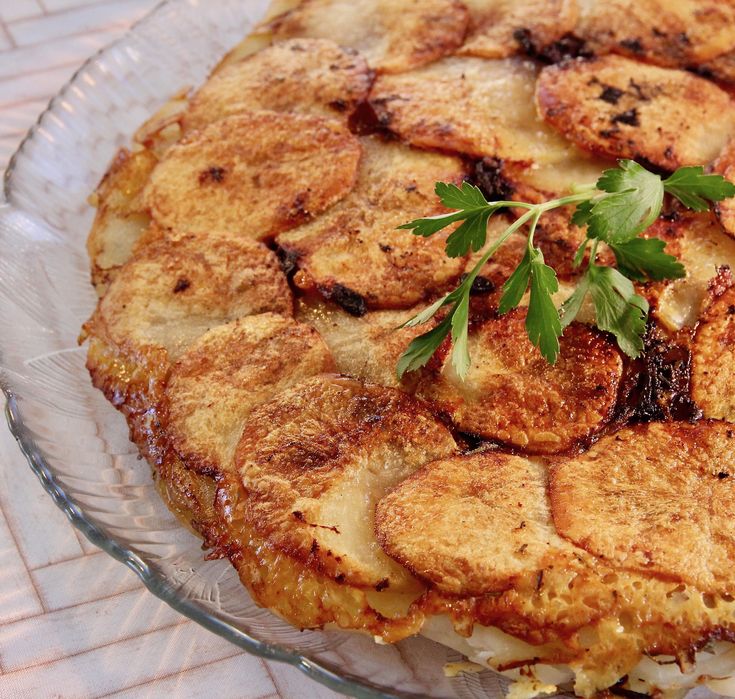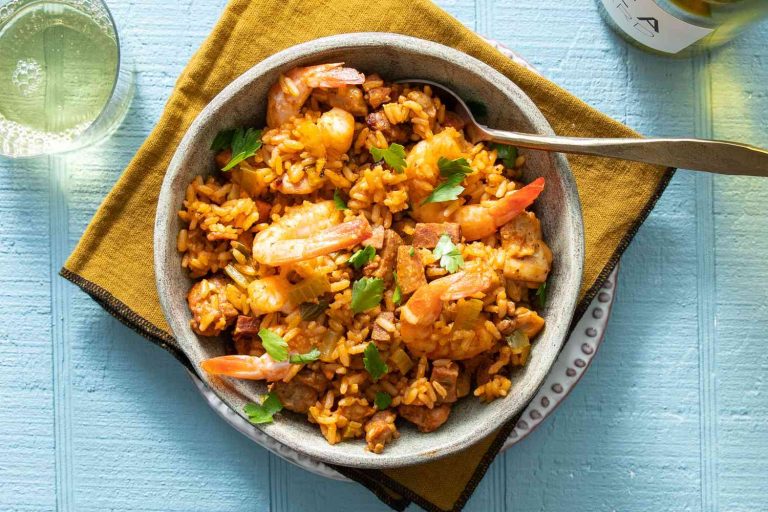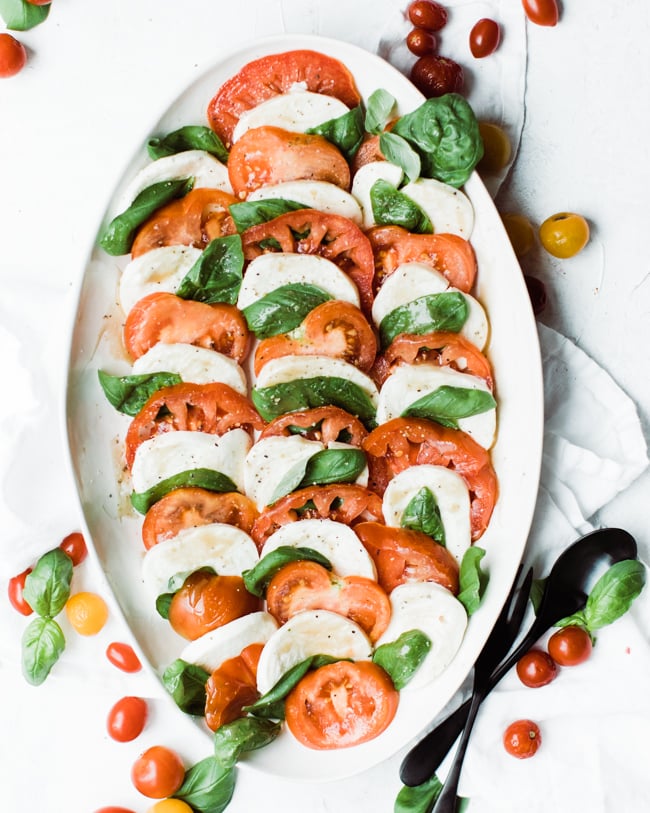Baked Pasta: Recipes, Techniques, and Health Tips
Baked pasta, a beloved dish, dates back to the late Middle Ages in Italy. It evolved as a practical way to use leftover pasta and sauce. Over centuries, recipes diversified across regions. In Southern Italy, you might find baked ziti with robust tomato sauce and mozzarella. Northern regions might feature creamy béchamel sauce and Parmesan. Recipes now reflect a blend of regional influences and local ingredients.
Popular Varieties
You’ll find numerous baked pasta varieties globally, each with unique flavors and ingredients. Common examples:
- Lasagna: Layers of pasta, meat, tomato sauce, and cheese create a hearty dish.
- Baked Ziti: Ziti pasta with meat sauce, tomato sauce, and mixed cheeses.
- Macaroni and Cheese: A creamy, cheesy pasta dish popular in North America.
- Cannelloni: Pasta tubes filled with meat or cheese, baked with sauce and cheese.
These varieties highlight the adaptability of baked pasta, allowing you to create a dish to suit any taste or occasion.
Key Ingredients for Baked Pasta Dishes
Choosing the Right Pasta
Pasta choices significantly impact the texture and taste of baked dishes. Tube-shaped pastas like penne, ziti, and rigatoni capture sauces well. These shapes also hold up during baking. Flat noodles like lasagna sheets create layered dishes, ideal for hearty compositions. Pasta shells are suitable for stuffing, offering versatility in stuffing and sauce combinations. Using whole grain or gluten-free pasta options can cater to dietary preferences without sacrificing flavor or texture.
Essential Sauces and Cheeses
Sauces offer the primary flavor foundation in baked pasta dishes. Tomato-based sauces like marinara or arrabbiata provide a tangy, hearty base. Creamy sauces, such as béchamel or Alfredo, add richness and a silky texture. Combining both types, layering tomato and creamy sauces, can produce a balanced dish.
Cheeses create savory depth and a melty top layer. Mozzarella offers stretchiness and a mild taste. Parmesan adds a sharp, nutty flavor, enhancing the overall profile. Ricotta cheese brings creaminess and can be mixed with herbs for stuffed pastas. Using a combination of cheeses results in a complex, mouth-watering dish. Freshly grated cheese yields the best melting property and flavor.
Mastering the Baking Technique
Preparing the Dish
Gather all ingredients before assembly. Begin by cooking your pasta to al dente. This ensures the pasta retains texture after baking. Choose a sauce that complements your chosen pasta type. For instance, pair tube-shaped pastas like penne with thicker, chunkier sauces. Use flat noodles like lasagna with layered, creamy, or tomato-based sauces. If using shells, fill them with a mixture of ricotta, spinach, and herbs for a baked dish with multiple textures.
Preheat your oven to the recommended temperature. Use a casserole dish or a baking pan large enough to hold your prepared pasta without overcrowding. Layer the pasta with sauce and cheese, ensuring even distribution. For additional flavor, sprinkle herbs like basil or parsley over the top.
Baking Times and Temperatures
Adhering to the correct baking times and temperatures guarantees a perfectly baked pasta. Generally, bake at 375°F (190°C) for 20-30 minutes. If using a dish with raw vegetables or meat, extend the baking time to ensure all ingredients cook thoroughly. Cover the dish with aluminum foil for the first half of the baking time. This prevents the top layer from browning too quickly. Remove the foil for the remaining time to allow the cheese to brown and bubble.
Utilize a meat thermometer if baking a dish with meat to ensure it reaches a safe internal temperature of 165°F (74°C). Let the baked pasta rest for 5-10 minutes before serving. This helps stabilize the layers and improves the overall texture.
By mastering these preparation and baking techniques, create a perfect baked pasta dish that balances flavors, textures, and visual appeal.
Famous Baked Pasta Recipes
Classic Lasagna
Classic Lasagna is a staple in many households. This dish layers wide, flat noodles with a rich meat sauce made from ground beef or Italian sausage and a tomato base. Mozzarella, ricotta, and Parmesan cheeses create a creamy, savory blend. Bake at 375°F (190°C) for 40-50 minutes, ensuring each layer melds into a cohesive, flavorful bite. Use no-boil lasagna noodles to save time and simplify the prep work.
Cheesy Macaroni and Cheese
Cheesy Macaroni and Cheese offers comfort and indulgence. Combine elbow macaroni with a creamy sauce made from cheddar, Parmesan, and a hint of mustard. Bake at 375°F (190°C) for 20-25 minutes until the top is golden and bubbly. Add breadcrumbs mixed with butter for an extra crunchy topping. Incorporate a dash of nutmeg for added depth and warmth.
Health Considerations
Nutritional Information
Baked pasta dishes can vary in nutritional content based on ingredients. Traditional recipes typically include high-carb pasta, calorie-dense sauces, and cheese. For instance, a serving of baked ziti has about 450 calories, with 15 grams of fat and 35 grams of carbs, according to the USDA. Understanding these values helps you make informed choices.
| Component | Quantity per Serving |
|---|---|
| Calories | 450 kcal |
| Fat | 15 grams |
| Carbohydrates | 35 grams |
| Protein | 20 grams |
Cheese, a staple in baked pasta, contributes significantly to fat and calories. Parmesan and mozzarella provide protein and calcium, yet they’re also high in saturated fats. Portions should be monitored to maintain balance in your diet.
Tips for Healthier Variations
You can create healthier baked pasta variations without sacrificing taste. Start by opting for whole grain or legume-based pasta, which offers higher fiber and protein content. These options reduce the glycemic index and improve nutritional value.
Incorporate more vegetables, like spinach, bell peppers, and zucchini, to boost vitamins and minerals. Use low-fat cheese or reduce cheese quantities to cut down on saturated fats. Swap heavy cream sauces for tomato-based or homemade vegetable purées for lower-calorie options.
Enhance flavor with herbs and spices rather than extra salt or fat. Basil, oregano, and garlic add depth, while reducing sodium intake. With these adjustments, your baked pasta can be a balanced, nutritious meal.
Conclusion
Baked pasta dishes offer a delightful blend of comfort and culinary tradition. By understanding the key ingredients and mastering the baking techniques, you can create mouthwatering meals that are both satisfying and nutritious.
Whether you’re indulging in a classic lasagna or a creamy macaroni and cheese, there’s always room to experiment with healthier variations. Simple swaps like whole grain pasta, more vegetables, and lighter sauces can make a significant difference in the nutritional value without sacrificing flavor.
So, next time you’re in the mood for baked pasta, remember these tips to enjoy a delicious and balanced meal. Happy cooking!
